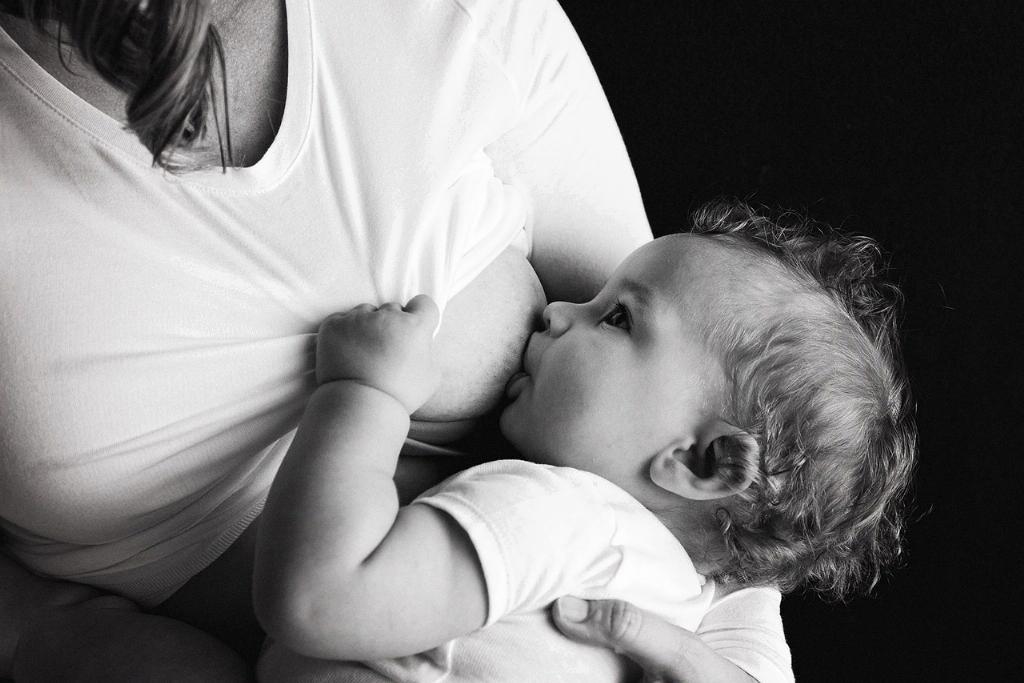As a new mom embarking on the journey of breastfeeding, you may be wondering how long it will take for your nipples to get used to the process. The truth is, the initial period of breastfeeding can be challenging for both you and your baby, but with time and practice, your nipples will gradually adjust to the feeding rhythm.
Early Breastfeeding Challenges
During the first few weeks of breastfeeding, it’s common to experience some nipple soreness and tenderness as your baby learns to latch on correctly. This adjustment period is crucial for both you and your baby to establish a comfortable and effective breastfeeding routine.
Building Breastfeeding Resilience
While soreness in the nipples may be a temporary discomfort, it’s essential to address any issues with your baby’s latch to prevent prolonged discomfort. Consulting with a lactation consultant or healthcare provider can help identify and address any latch issues that may be contributing to nipple sensitivity.
Gradual Adaptation to Breastfeeding
As you and your baby continue to breastfeed, your nipples will gradually adapt to the process, becoming less sensitive over time. Consistent feeding sessions and proper positioning can help facilitate this adjustment process and promote a more comfortable breastfeeding experience.
Choosing Comfortable Breastfeeding Positions
Exploring different breastfeeding positions can also help reduce nipple soreness and discomfort. Experimenting with positions such as the cradle hold, football hold, or side-lying position can help find a comfortable and effective feeding position for you and your baby.
Establishing a Routine
Creating a consistent breastfeeding routine can also aid in nipple adaptation. Establishing regular feeding times and ensuring your baby latches correctly can help minimize potential nipple sensitivity and promote a more enjoyable breastfeeding experience for both you and your baby.
Using Nipple Care Products
Using lanolin cream or other nipple care products can also provide relief for sore or cracked nipples during the early stages of breastfeeding. These products can help soothe and moisturize sensitive skin, promoting healing and preventing further discomfort.
Monitoring Nipple Health
It’s essential to monitor the health of your nipples during breastfeeding and address any concerns promptly. If you experience persistent pain, cracking, or bleeding, it’s crucial to seek guidance from a healthcare professional to rule out any underlying issues and ensure proper care.
Seeking Support and Guidance
Don’t hesitate to reach out for support and guidance if you’re struggling with nipple sensitivity during breastfeeding. Lactation consultants, breastfeeding support groups, and healthcare providers can offer valuable advice and assistance to help you navigate any challenges and ensure a positive breastfeeding experience.
Embracing the Journey
Remember that breastfeeding is a unique and personal journey for every mother and baby. It’s okay to face challenges along the way, but with patience, perseverance, and support, you can overcome any obstacles and enjoy the bonding experience that breastfeeding brings.
Patience and Persistence
Ultimately, the length of time it takes for your nipples to get used to breastfeeding may vary for each individual. By practicing patience, seeking support when needed, and staying committed to the process, you can help facilitate your nipples’ adaptation to breastfeeding and promote a positive breastfeeding experience for you and your baby.
Celebrating Your Journey
Embrace the challenges and triumphs of breastfeeding as part of your motherhood journey. Your dedication, love, and commitment to providing the best nourishment for your baby through breastfeeding are commendable, and each step taken towards overcoming nipple sensitivity is a testament to your strength and resilience as a mother.

